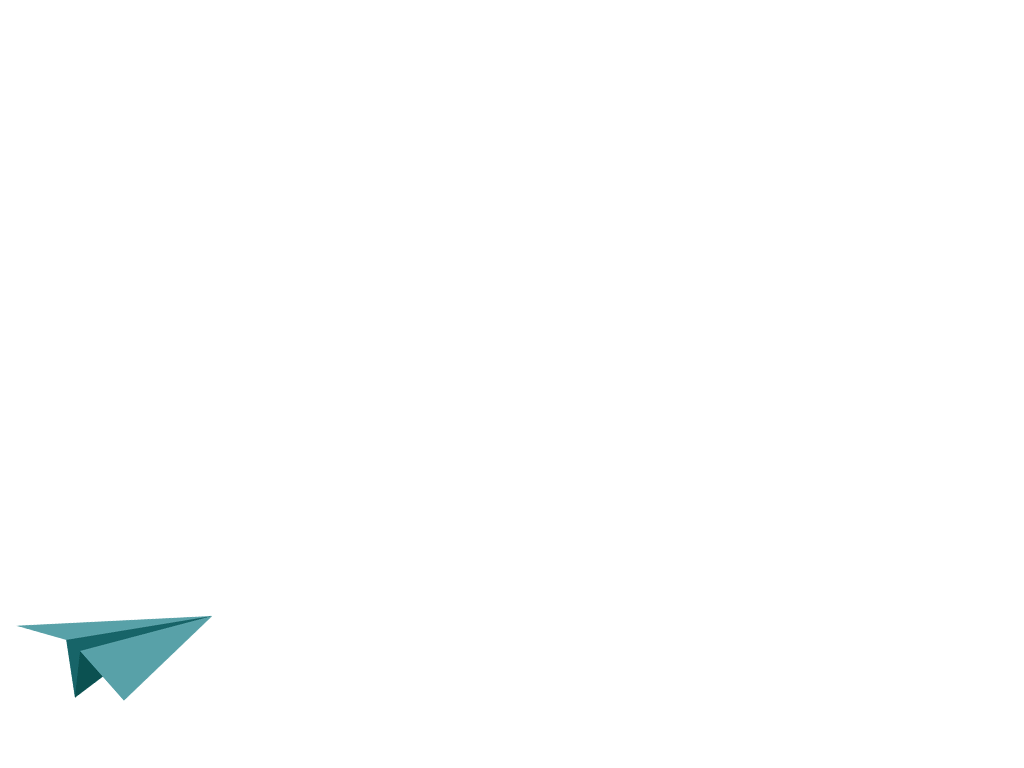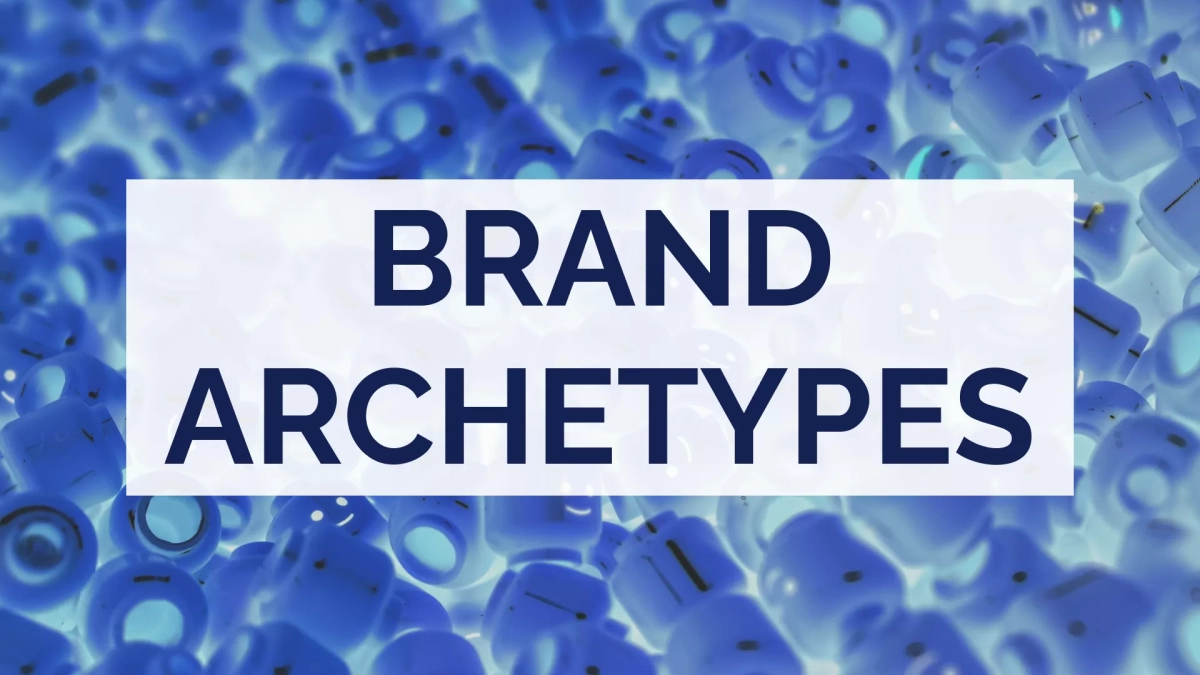Thoughts brand archetypes as presented in The Hero and the Outlaw: Building Extraordinary Brands Through the Power of Archetypes by Margaret Mark and Carol S Pearson.1
What are Brand Archetypes?
Like using the same Instagram filter on all of your photos gives you a consistent look and feel, applying your brand archetype as a filter to all of your branding creates a uniform presentation of who you are and what you stand for.
“Brands that evoke psychological responses associated with archetypes increase market share, deliver meaning through their product, and grow a loyal customer base.”
People are emotional creatures, and often react or form opinions with little to no thought. Tapping into these automatic responses by activating archetypes, helps your audience to attach meaning and value to your offering, thus creating customer loyalty.
What if My Brand Fits Multiple Brand Archetypes?
Like people, archetypes can be multi-faceted. In fact, brands should identify archetypes in each of these four areas: Belonging/People, Independence/Self Actualization, Stability/Control, and Risk/Mastery. Placing these in a grid and evaluating the brand’s position with a relationship to each axis can help pinpoint an organization’s mission and identity.
“Organizations that thrive have at least one archetype in each quadrant helping them to find their unique mission (individuality), create the feeling of community (belonging), get the work done (mastery), and create stabilizing structures (stability)”
However, they should identify one dominant brand archetype to consistently apply as an overarching filter for their brand to allow it to be easily identified and consistently applied. For instance, your brand may be an Explorer brand but have Sage undertones. These bits of Sage should be administered in a way that an Explorer might apply them. Think of an Explorer on a journey meeting another Explorer along the way. They might impart some advice about where they have been and what the other explorers might expect but never lose the tone of respect for their fellow explorers to figure it out on their own.
“Companies do best when they are explicit about the archetype that is truest to their values, mission, and vision – and allow that archetype to shine.”
The Hero’s Journey
Every person has a story and as they move through their personal journey they are met with different characters (archetypes) and situations that impact their journey.
“Perhaps the underlying reason that archetypes are so enduring is that, in essence, they reflect our inner realities and struggles. The external particulars may vary, but the essential journey is always the same.”
Brands can act as these characters and offer support through their product or service that enhances their identification with their own archetype or vision they have of themselves. By aligning your brand with an archetype, it becomes easier to activate a response because individuals have a preconceived notion of what that archetype is about based on its prevalent usage in story and culture—in essence taking the guesswork out of trying to connect with your audience. Allowing the brand archetype to do the heavy lifting.
“We now know that brands that consistently express an appropriate archetype drive profitability and success in real and sustainable ways.”
12 Brand Archetypes
Let’s look at each of the 12 archetypes and apply an example. In this case, we will use a commodity – bread2, and differentiate each of the brands based on archetype.
The Innocent

The Innocent archetype desires simplicity and goodness. They are motivated by doing the right thing, simple pleasures, basic values, and general wholesomeness. They are honest and authentic and may have a desire to return to nature or simpler times. Generally, optimistic in outlook.
The Innocent archetype might also be called: Pollyanna, utopian, traditionalist, naïve, mystic, saint, romantic, dreamer
In our bread example, the Innocent brand might call out the simplicity or purity of their product. Perhaps saying “Only the most pure natural ingredients” and featuring imagery of natural elements such as a wheat field, or nostalgic childhood associations of the product.

The Explorer

The Explorer archetype is interested in owning their truth, finding themselves, and shaping an authentic experience through their journey. Belonging based on their individuality is key. Highly autonomous, the Explorer values uniqueness and the process of finding oneself.
The Explorer archetype might also be called: seeker, adventurer, iconoclast, wanderer, individualist, pilgrim, quester, antihero, rebel
In our example, the Explorer brand might call out the choice or the uniqueness of the offering. Such as “Bread as unique as you are” and feature supporting imagery of a unique bread product or a person making a choice amongst a wide variety of bread options.

The Sage

The Sage archetype is highly intelligent and primarily focused on finding and sharing truth. Creating a better world through learning is their key driver. Objective and analytical.
The Sage archetype might also be called: expert, scholar, detective, oracle, evaluator, advisor, philosopher, researcher, thinker, planner, professional, mentor, teacher, contemplative
In our example the Sage brand might call out superior products or highlight desirable facts about the product and imagery might show supporting evidence. “When bakers are on vacation, they choose [brand] because they know its consistently high quality.”

The Hero

The Hero archetype is courageous and competent with a bias toward action. They stand up to challenges and champion the underdog. They seek to improve the world through mastery and facing challenges head-on.
The Hero archetype might also be called: warrior, crusader, rescuer, superhero, soldier, dragon slayer, competitor, team player
In our example, a Hero brand might feature a situation in which bread allows the customer to be heroic. “We ran out of cereal, but bread saved breakfast!” supported by hero imagery of bread in use or a person “saving the day” with the product.

The Outlaw

The Outlaw archetype goes against the grain. They are challenging the status quo, breaking rules, and disrupting systems to affect change. They have a tendency to be shocking and revolutionary.
The Outlaw archetype might also be called: rebel, revolutionary, villain, wild man/woman, misfit, enemy, iconoclast
In our example, an Outlaw brand might take an alternative stance to the rest of the category. Perhaps a gluten-free brand would show the product and say, “Take your gluten and shove it!” or show a wildly different perspective on the use or value of bread.

The Magician

The Magician archetype is interested in transformation – making dreams come true. Changing attitudes and behaviors internally affects changes in attitudes and behaviors externally. They find win-win outcomes, and manifest their vision. Often seen as charismatic and visionary.
The Magician archetype might also be called: visionary, catalyst, innovator, charismatic leader, mediator, shaman, healer, medicine man/woman
In our example, the Magician brand might showcase the process of transformation from ingredients to product, or show a person using the product to transform their meal in some way. “Our magic, Your Delight.”

The Regular Person

The Regular Guy/Gal (Person) archetype seeks to belong. They build community through empathy and shared values. Seen as an ordinary person, they are inclusive and friendly.
The Regular Guy/Gal (Person) archetype might also be called: good old boy/girl, regular Jane/Joe, everyman/woman/person, common man/woman/person, guy/girl/person next door, realist, working stiff, solid citizen, good neighbor
In our example, the Regular Person archetype might focus on the everyday, approachable, usefulness of the product. “Simple. Wholesome. Delicious.”

The Lover

The Lover archetype is all about intimacy in all its forms. Often sensual, but also inclusive of close friendships and familial ties. They are passionate and communicative.
The Lover archetype might also be called: partners, friends, intimates, matchmakers, enthusiasts, connoisseurs, sensualists, spouses, team builders, harmonizers
In our example, the Lover brand might focus on how the product brings people together or provides a sensual experience.

The Jester

The Jester archetype wants to have fun and live in the moment. Playful and fun-loving, they are clever and entertaining.
The Jester archetype might also be called: fool, trickster, punster, entertainer, clown, prankster, practical joker, comedian
In our example, the Jester brand might be silly or entertaining or might focus on the general in-the-moment feeling of using the product and being happy. “Bread = Happiness.”

The Caregiver

The Caregiver archetype wants to protect people at all costs. Putting other’s needs first, they are generous and nurturing.
The Caregiver archetype might also be called: caretaker, altruist, saint, parent, helper, supporter
In our example, the Caregiver brand would focus on how the product or a person using the product provides a caring or nurturing experience. “Made with love so you can make it with love.”

The Creator

The Creator archetype builds visions. Their self-expression and authenticity are implicit and the creative process is critical. Often curious and imaginative, they believe in structure and choice.
The Creator archetype might also be called: artist, innovator, inventor, musician, writer, dreamer
In our example, a Creator brand might focus on the unique, hand-made, or other special or creative properties of the bread or ways that the customer might use the bread to create something unique to them. “Artisanal Bread”

The Ruler

The Ruler archetype is a leader with a desire to create a prosperous family/organization/community. They take control and responsibility. Organized and powerful.
The Ruler archetype might also be called: boss, leader, aristocrat, parent, politician, responsible citizen, role model, manager, administrator
In our example, the Ruler brand might focus on the exceptional quality of the product, or how it might elevate the user or provide some specific benefit to their lifestyle. “Only the very best”

Finding Your Brand Archetype
Finding a brand archetype has five distinct steps:
- Look for the “Brand Soul” Explore the origins and lore already associated with the brand.
- Look for “Substance” What is the brand offering and how does it fit into the category? What value does it provide for the customer?
- Find “Competitive Leverage” Look at the entire category in terms of archetypal meaning and where competitors are positioned. Are competitors tapping into the category archetype? Are they doing it well? Are there deeper levels or other archetypes that might make your brand stand out?
- Know the Customer What needs are we meeting? Who do we serve?
- Manage the “Brand Bank” Give meaning through the archetype and the types of communications and activities that your brand is involved in. Only ask for something in return from your customer when you’ve built enough brand equity to afford the withdrawal of an ask.
Need help figuring it out? Contact me for some help!

